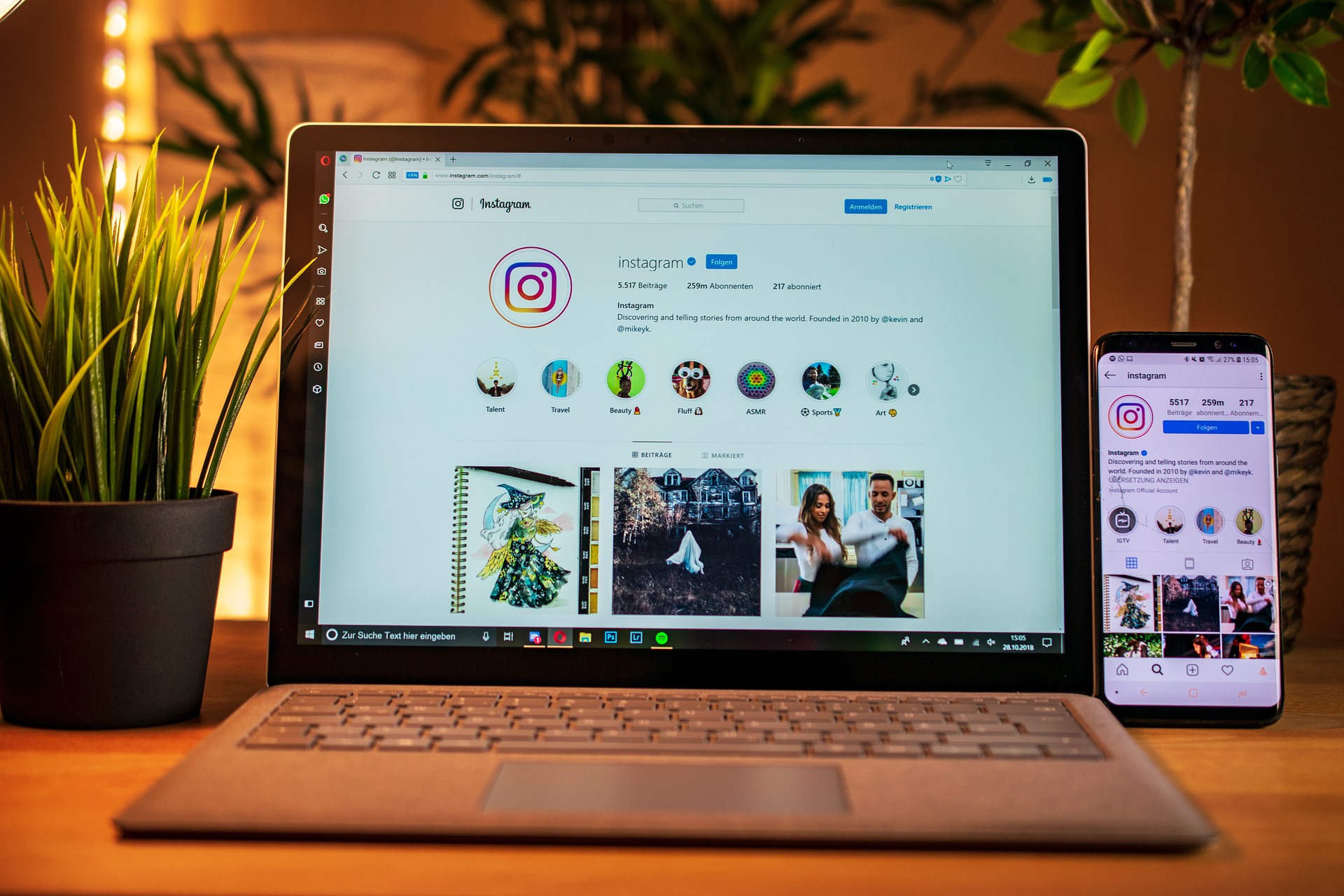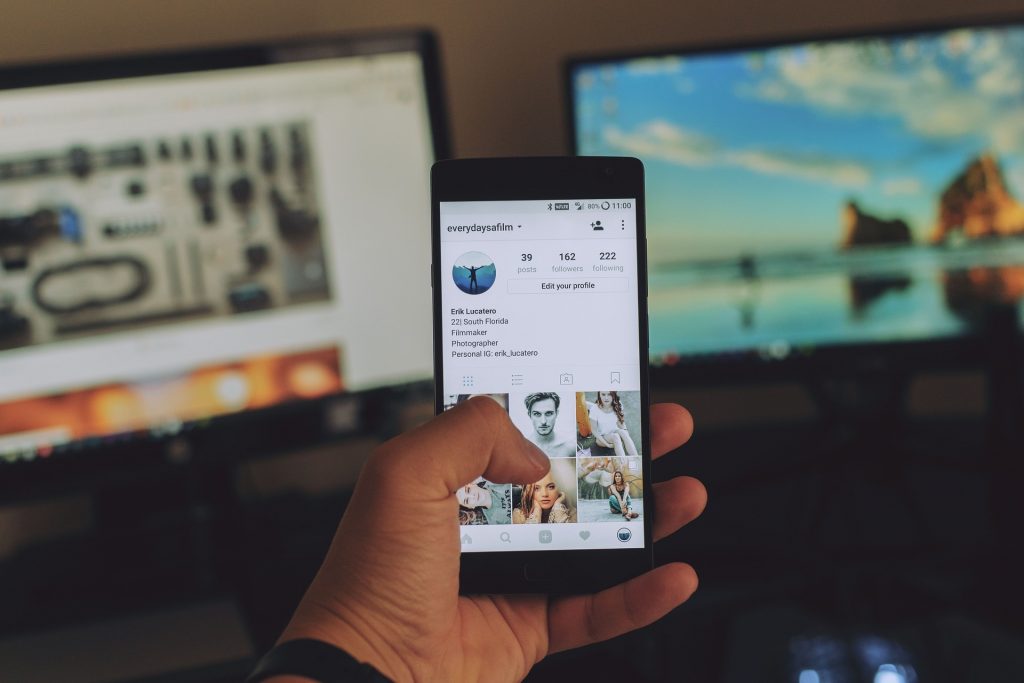
The guide to working with influencers
Influencer marketing has an interesting reputation in the greater digital marketing landscape. Some view it as a great, authentic tactic and some view it as a necessary evil.
Influencer marketing involves partnering with an influencer or content creator to share your brand’s content, drive awareness of your brand, or share a specific message with their audience on your brand’s behalf.
Instead of traditional advertising, partnering with an influencer grants you access to a specific audience or following who is most likely receptive to your messaging or content because it’s coming from someone they trust or admire. It’s the next evolution of word-of-mouth marketing with a touch of celebritydom attached.
Most influencers fall into one of four categories:
- Micro-influencer: A person with a smaller but a very engaged following in a specific niche or industry, may post on a variety of channels and networks
- Social media influencer: A person with a dedicated following on social media, typically a lifestyle influencer
- Blog influencer: A person with a dedicated following on their blog, mostly written or video content
- Celebrity influencer: A celebrity or famous individual with a high following count
Influencers are not the same as brand ambassadors as brand ambassadors are hired or contracted by the brand directly to work for them over a longer period of time. A brand ambassador only pushes that one brand and its products and messaging and acts as a spokesperson for that brand. An influencer may partner with several brands over the course of a year and has no long-term commitments.
When partnering with influencers, most brands focus on increasing brand awareness, reaching new audiences, and generating sales.
Businesses should also keep in mind the three Rs of influence when working with influencers:
- Relevance: Is your brand relevant to the influencer’s audience?
- Reach: Is the influencer’s following your target audience?
- Resonance: Will your content resonate with their following and will they take action?
How to find influencers
If you’re thinking of testing out influencer marketing, you’ll want to make sure to do it right to drive the right results for both your brand and the influencer you’re partnering with. Remember, most influencers will be protective of their audience and won’t exploit their following for a quick paycheck. They want this marketing campaign to be mutually beneficial.
Web search
Take a list of your targeted keyword terms and run a Google search for them. What blogs or websites are popping up? Who’s running them? Are they experts you can partner with?
Social media search
Run a similar search on social media to see who’s actively talking about these topics that are related to your brand. Use keyword phrases and hashtags to find conversations or even look at your competition to see if they’ve partnered with a relevant influencer in the past.
Influencer agency or search
There are marketing agencies and software applications specific to managing and working with influencers. Depending on your investment into influencer marketing, this can be a good way to make sure your dollars are spent wisely and you’re working with a legitimate influencer in your industry.
How to work with influencers

1. Create your goals
It’s fun to partner with an influencer and get some help with your digital marketing efforts but working with an influencer shouldn’t be a campaign just because it’s fun. You need to have a goal behind this partnership, like improving brand awareness, driving sales and revenue, or promoting something like an event.
Having a clear goal will make it easy to actually measure the success of working with an influencer. Apply the SMART method to your goal to accurately analyze the performance of this campaign.
- Specific
- Measurable
- Attainable
- Relevant
- Time-bound
2. Do your homework
Nothing says this’ll be a bad relationship more than sending a pitch email to an influencer without having any idea what they cover or who their audience is.
Do your research ahead of time and make sure you understand the influencer, what they focus on, and who they write for. Again, this campaign should be mutually beneficial and be a good fit for both parties involved.
As you research potential partners, ask yourself:
- Do they market to our target audience?
- Is my target audience active on the same channels as the influencer?
- Is their following engaged?
- Does the influencer share the same values as our brand?
- Are they a customer or have they used our product before?
Is their aesthetic or style similar to our own branding? - Is their content high quality?
- Are they someone we want our brand associated with?
- How many other brands are they partnering with or sharing sponsored content for, and how often are they posting sponsored content?
- Will my budget cover working with this influencer and can I expect a good ROI?
While it can be exciting to partner with an influencer who boasts 15,000 followers, it’s not so fun for your brand when it comes back that 4,000 of those are bots and 4,000 are real people who aren’t your target demographic. Always focus on quality instead of quantity to get more out of your influencer marketing campaigns.
3. Make a good first impression
I’ve gotten some hilariously bad outreach emails that were obviously copy and pasted, sent to anyone and everyone, and made it obvious they knew nothing about my brand or my audience. Do not make a bad first impression!
Take the time to write an email that states why you’re interested in a partnership and why you think your content is a good fit for the influencer’s audience. Take time to connect on your brand’s values or share how you both have similar content on a certain topic and think their audience might be interested in your brand’s perspective.
Craft a compelling sales pitch about your brand or campaign as you need the influencer more than they need you.
4. Know your price or product exchange
Some influencers will work with you for free products or services while some will be insulted by the offer. Be prepared to pay up for space on an influencer’s account and know what you’re willing to pay upfront instead of coming off like you’re not sure what this investment is worth.
Influencers have spent a lot of time building up their brands, blogs, or social media following and won’t just give you access to their trusting following for free.
Rates can fall in the range of:
- Micro-influencer: $100-$500 per post or piece of sponsored content
- Blog influencer: $500-$5,000 per post
- Social media influencer: $100-$100,000 per post
- Celebrity influencer: $5,000-$500,000 per post
Know what you’re willing to spend or negotiate before contacting an influencer. For a new partnership, you could also do a commission-based payment or affiliate program instead of a flat rate.
5. Create the sponsored content
Be prepared to lose some creative control during this part of the process. Some influencers will take what you give them and post when they’re supposed to and some prefer to create their own content for your brand to give it more authenticity. Keep in mind that you should trust the influencer you’ve partnered with and if you know they and their audience is a good fit, it’ll all turn out okay in the end if they keep control over the content during this part.
Some followers can smell scripted content or obvious ads from a mile away, which kind of goes against the whole point of working with an influencer in the first place. Allow them to do what they do best with their audience and your content.
Now, it is okay to provide direction, share your branding guidelines, or ask that they tag posts with certain hashtags your brand already uses.
At this stage, you’ll also want to prepare an influencer contract and talk over expectations of them and of you to make sure everyone is on the same page.
6. Measure results
Remember that goal you created? It’s time to see if you met it!
Most influencers should provide their own metrics and reports on the success of the campaign from their end as you can track performance on yours with Google Analytics or a built-in insights tool.
Depending on your goal and what type of influencer you worked with, you might want to track metrics such as:
- Website visits: If you just promoted your brand in general, you should check website visits to your homepage and see an increase during the campaign or you might have created a specific landing page for this particular audience. Compare your website’s performance during the campaign to the same period last year to get a real sense of the impact this campaign had on your website.
- Reach: If your campaign was only on social media, take a look at reach to see how many people were shown your sponsored content.
- Brand awareness: I love using Google Search Console to learn how visitors are finding my blogs and what content they’re looking at the most. Check out your Console account to see what pages are getting more hits after the campaign and if your organic presence has improved because of the influencer.
- Engagement: Likes, comments, and shares on social media and blogs are good indicators that people liked the content and are interested in learning more about your brand.
- Following: Has your social media presence grown due to the influencer partnership?
- Clicks: See how many people clicked through to learn more.
- Conversions: Look at online conversions, sales, or revenue. An easy way to track influencer sales is with a specific promo code or affiliate link.
- ROI: Divide your return by the cost of the investment to calculate your ROI on influencer marketing.
Have you worked with an influencer? Tell us your tips and tricks in the comments below!




